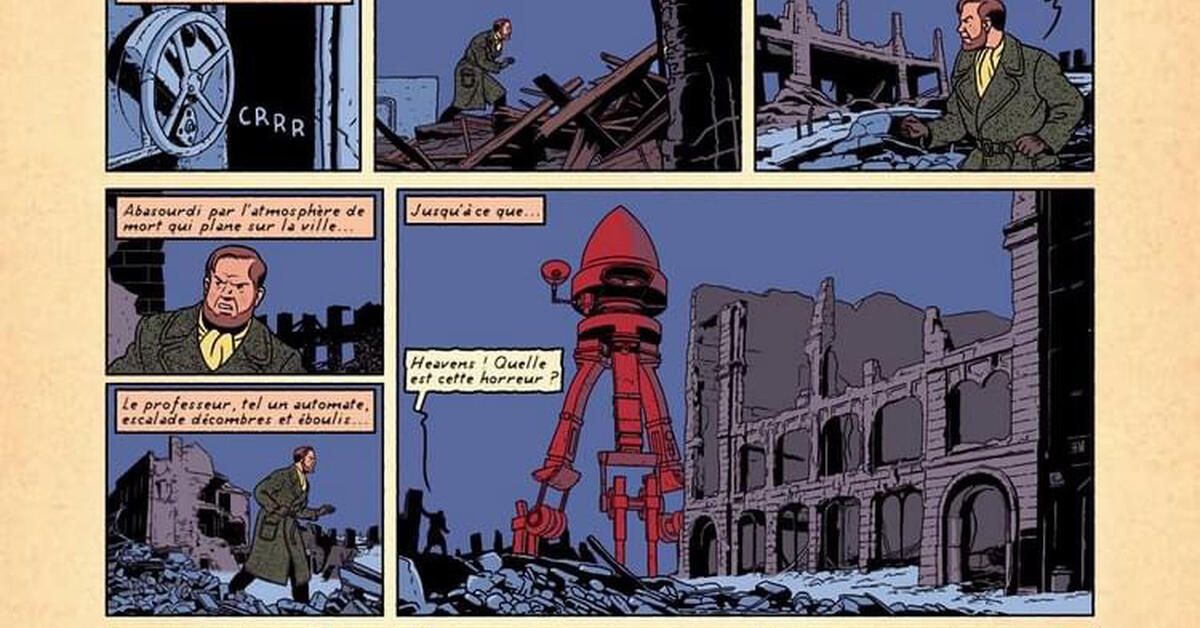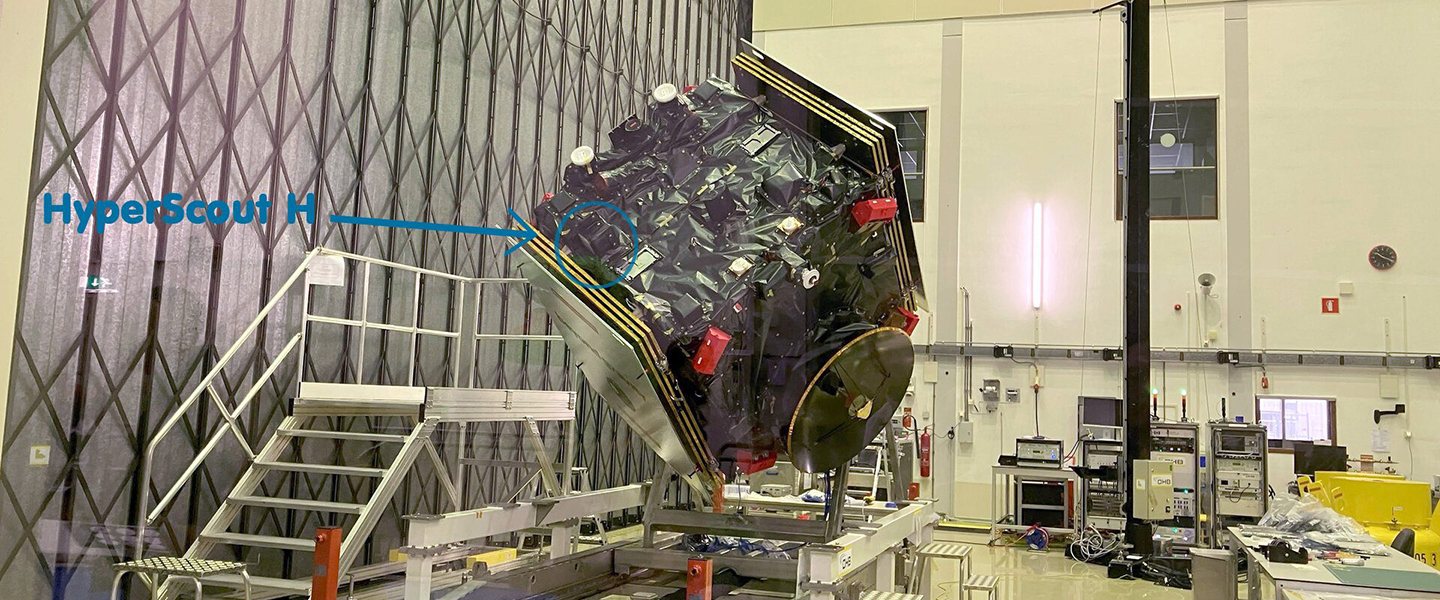Noos News•
Dutch scientists have discovered evidence of extremely brief radio bursts from the distant universe, the origin of which remains unclear. Researchers hope that the flashes will help map the distance between galaxies.
The flashes do not consist of visible light, but rather of radio waves that can be detected using radio telescopes. As they journey through the universe, they “illuminate” intergalactic space, as it were.
Through further research into these radio bursts, it should eventually become possible to create a kind of three-dimensional map of the universe, including the space between stars and galaxies.
The researchers, led by PhD student Mark Snelders, discovered the microblinks by combing through an archive of 400 terabytes of data about the universe. “It was like looking for a needle in a haystack, not knowing if the needle was there or not,” Snelders explains. The results were published in the scientific journal Nature astronomy.
The duration of the already known radio bursts was only a few thousandths of a second. Snelders and his colleagues hypothesized that there might also be radio bursts that last for a much shorter period. He discovered by chance that there was a suitable archive for his research. This archive belongs to “Breakthrough listeningThe organization, which uses this data to search for signs of extraterrestrial life.
Following instructions from Snelders, two undergraduate students actually detected a very brief radio flash, which lasted only a few millionths of a second. After that, Snelders conducted further research with the help of machine learning, and discovered seven more such small flashes. These signals come from a radio flash located about 3 billion light-years from Earth.
Black hole? Neutron star?
The fact that the duration can vary greatly also raises questions about the origin of these signals. “There is a lot of diversity in radio bursts,” says astronomer Jason Hessels, Mark Snelders’ supervisor. “I started to think more and more: There is not just one way to produce radio bursts, there are several ways. Take, for example, a compact object like a black hole or a neutron star.”
Whatever the source of radio bursts, it is clear that they can help map the universe. So far, researchers have done this for several dozen flashes. By looking at how the signal is distorted as it travels through the dark parts of space, you can discover what must be there.
“There are thousands of these flashes in the sky every day,” Hessels says. “In the coming years we want to map hundreds of thousands of these flashes. This would produce a three-dimensional map of the universe.”
The big question, of course, is what will be visible among the galaxies on that map. The first results point to plasma, a type of electrically charged fluid. “This is the material from which new galaxies are formed,” says Hessels. The new 3D map could provide new insights into galaxy formation. “We still don’t understand exactly how they evolve.”

“Total coffee specialist. Hardcore reader. Incurable music scholar. Web guru. Freelance troublemaker. Problem solver. Travel trailblazer.”







More Stories
Crash testing in space has a Dutch touch – Dutch cowboys
Cheap materials help convert carbon dioxide into a useful raw material
A Dutch touch for space crash testing